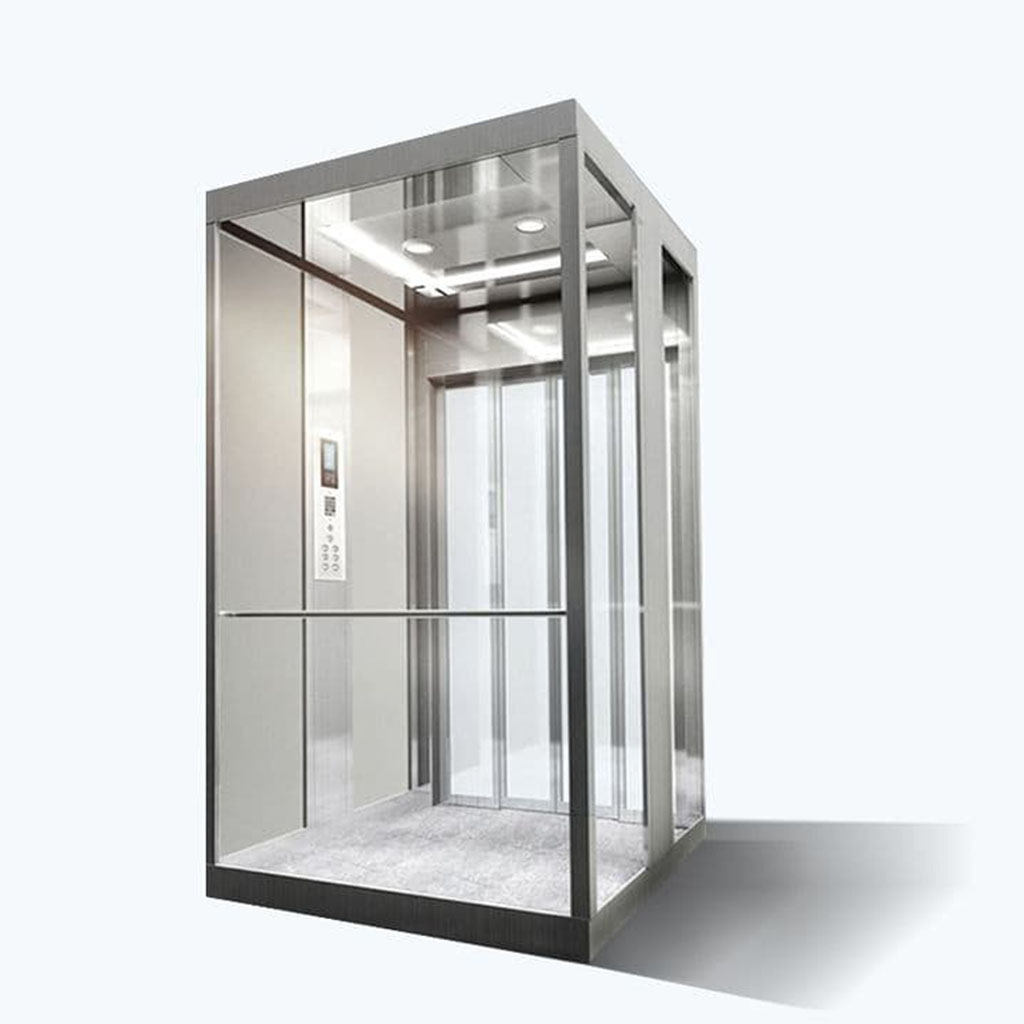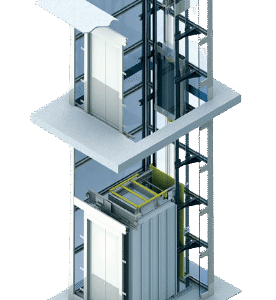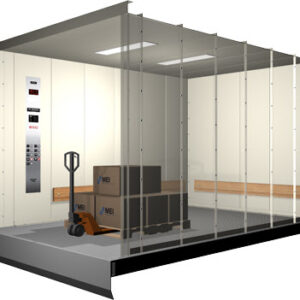Description
In the world of skyscrapers and high-rise buildings, fast elevators have become an indispensable necessity. These elevators are not just a means of transporting passengers between floors; they are complex engineering systems designed to move large numbers of people over vast vertical distances in the fastest possible time, while maintaining the highest levels of safety and comfort.
How Do Fast Elevators Work?
Fast elevators rely on a set of advanced technologies to achieve their superior performance. They use powerful gearless motors that operate with permanent magnet technology, which provides enormous power for smooth acceleration and deceleration. These motors are managed by smart control systems (like Destination Dispatch) that group passengers by their destination to reduce the number of stops. These elevators are also equipped with advanced safety systems, including multiple brakes, roller guides to ensure a stable ride, and pressure control systems inside the cabin to prevent any discomfort to passengers due to rapid changes in altitude.
Key Advantages
- Reduced Waiting Time: Fast elevators are the ideal solution for the problem of congestion in high-rise buildings, as they ensure a fast and efficient transition for everyone, which significantly reduces waiting times.
- Increased Building Efficiency: By facilitating vertical traffic, these elevators contribute to increasing the building’s operational efficiency, which makes them essential for commercial and office buildings that experience high traffic.
- Premium User Experience: Thanks to the smooth movement, complete quietness, and modern technologies inside the cabin, fast elevators provide a comfortable and luxurious riding experience that reflects the modernity of the building.
In short, fast elevators are more than just a means of transport. They are a vital element in the infrastructure of skyscrapers, designed to achieve the perfect balance between speed and safety, ensuring a smooth flow of daily life in our modern cities.





